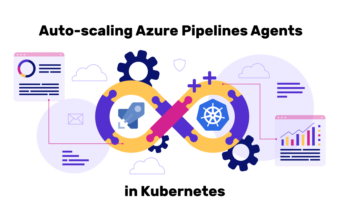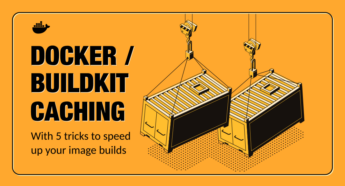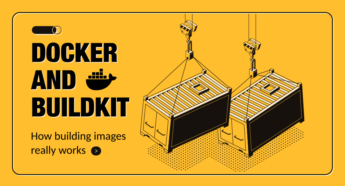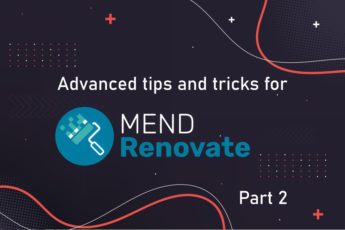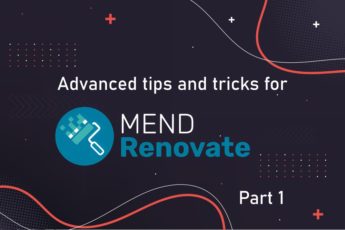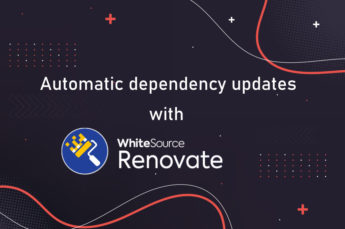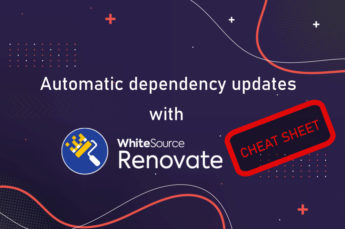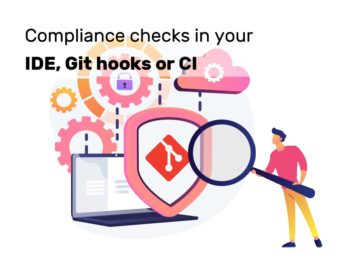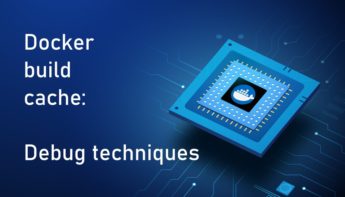Auto-scaling Azure Pipelines Agents in Kubernetes
This article explores my Kubernetes operator that provisions Azure Pipelines agents as Kubernetes Pods. It comes with an in-depth tutorial for how to use my operator. I also explore all alternative options for running Azure Pipeline agents, and explain why using a Kubernetes-based option beats all other options. Introduction CI/CD pipelines are a cornerstone to … Read more

